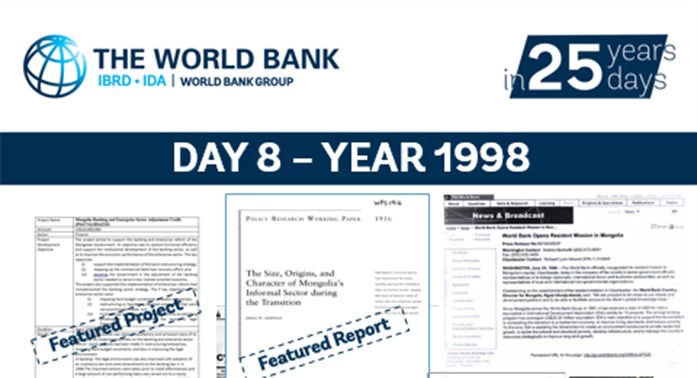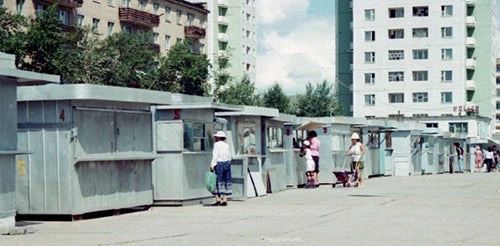
A detailed study of Mongolia’s financial system took stock of the institutional reforms of the early 1990s and the culmination in a banking crisis in 1996. The switch from the monobanking system which existed prior to 1991 to a new two-tiered system, with a separation between the central bank and commercial banks, had been a key element of the early transition reforms. The new commercial banks, however, were operating in a tumultuous environment while simultaneously learning how to do so. By late 1996, a crisis was developing in the banking sector and the government developed a banking restructuring strategy which involved closing insolvent banks, strengthening supervision and consolidating assets into a new agency. The report concluded that “The Mongolian economy cannot continue to develop, let alone grow and thrive, without a healthy financial system. Further reforms are needed to ensure that banks can fulfill their roles as financial intermediaries.”
The financial sector reforms were supported by banking sector projects approved the previous year, and work began on a new Private Sector Development Credit—long-term finance was virtually absent in Mongolia, and the new project provided on-lending and technical assistance to the commercial banks to remedy this problem.

The formal enterprise sector’s challenges with finance notwithstanding, the informal sector was thriving. The first major study of Mongolia’s informal sector was published in 1998. The motivation for the study was simple: We could see the informal sector everywhere, but little was known about it. Using a variety of techniques and data sources, the study estimated the size of the informal sector, but also the nature and character of the informal sector. I led this study and it remains to this day one of my favorite pieces of analytical work.
In 1998, the World Bank adopted the second Country Assistance Strategy (CAS) for Mongolia. The CAS outlined the strategy to help “accelerate growth and complete Mongolia's economic transition, while supporting the Government's poverty reduction program and goal of sustainable development.… The CAS supports a growth-oriented development strategy, including macroeconomic stabilization, structural reforms in the financial and enterprise sectors, utilities and public administration. It supports direct poverty alleviation, through income-generating activities, and upgrading of basic infrastructure. It also promotes environmental awareness and sustainable resource use, and integrates gender parity into its poverty alleviation thrust.”
The CAS also emphasized closer coordination with other donors and broader participation of stakeholders in program design and implementation. “The opening of the Ulaanbaatar Resident Mission in spring 1998 will greatly facilitate this outreach strategy, and improve program implementation and management.”
On June 25, 1998, the inauguration of the World Bank Resident Mission in Ulaanbaatar, in a building that earlier served as a children’s library, opened a new chapter in the history of the partnership between Mongolia and the World Bank.
Next we look at 1999 and the need for long-term financing for Mongolia’s private sector.
Prepared in collaboration with Tina Puntsag.
(Please follow our 25 years in 25 days journey here and on twitter with the hashtag #WBG_Mongolia25th)


Join the Conversation